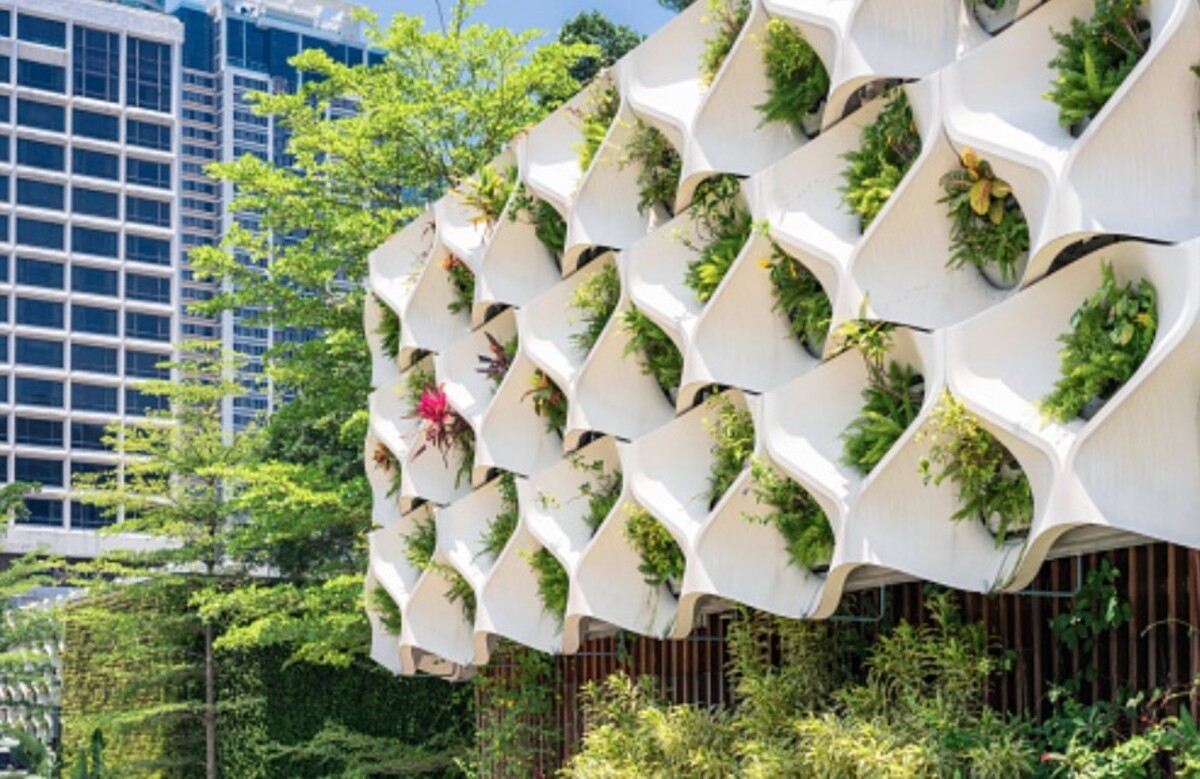Building Construction: The Basics of Sustainable Design

Climate change is an ongoing issue that each country needs to address before it produces intense droughts, severe storms, fast-rising sea levels, and week-long heat waves that can directly affect people's lives.
One way to combat it and its impact is through sustainable designs in the building industry. Read on and learn the basics of sustainable design in building construction.
What is Sustainable Design?
Sustainable design is an approach or technique that uses different sustainable principles to reduce the destructive effects of climate change on the building's occupants, community, and the environment while living in a sturdy, modern, sustainable construction.
The primary goal of this method is to lessen the consumption of non-renewable energy resources and minimize waste that may contribute to the global temperature's rapid rate increase.
Sustainable Design in Construction Industry
Sustainable design in the construction industry means contractors must use green construction materials and recyclable resources to build the building. Some materials the company may use our timber or hybrid construction materials.
By using these resources, the construction project will result in a sustainable and environmentally friendly building. This objective is attainable with the help of sustainable design principles.
Understanding Basic Principles of Sustainable Design
The fundamental principles of sustainable design help anyone from the construction industry to understand the importance of using sustainable resources. It also guides and shows architects, engineers, and building contractors how to build sustainable structures.
Here are the lists of basic principles of sustainable designs :
1. Utilize the site's existing infrastructure
The pandemic shifts the construction, renovation, and architectural approach to building infrastructures. However, whether you are building or renovating a project, you must utilize the infrastructure.
For example, work environments have changed since the pandemic, and some companies opt for working from home. With this setup, where employees do not need to come to the physical office, the company and the building owner may come into agreement to repurpose the building into a mall, hotel, or probably a housing project. However, you must hire a professional to evaluate the structure before transforming it.
The evaluation must also include the number of LEED-compliant materials, including the access doors and panels. If the building has regular ones, replace them with durable and sustainable access doors and panels.
Utilizing existing infrastructure helps owners and developers save time and costs from starting a project from scratch. Repurposing the building also helps the environment as it produces less waste and carbon usage than building new infrastructure.
2. Focus on design sustainability
When designing the building, architects and contractors must emphasize the importance of design sustainability over aesthetics. Aesthetics may add physical value to the building, but sustainability helps the structure, the people inside the building, and the building owner's safety.
Design sustainability may also mean creating green buildings around the world with more oversized windows and roof hatches to allow natural light inside the building.
3. Utilize Technology Usage
Innovative technology is also a primary factor in the design sustainability approach since it offers several benefits that building owners and occupants will enjoy. One typical example of utilizing technology is using LED lightbulbs, energy-saving appliances, and transforming the traditional structure into intelligent buildings.
Like smart homes, you can also control your building's energy usage by automatically adjusting the temperature or turning the lights and the faucet on and off. As a result of helping the environment by reducing the carbon footprint and conserving water, your bill might also show a reduction.
4. Basics of Sustainable Design the Key to Zero-Emission
As climate change worsens, forecasts of more dangerous weather events are typical. Because of this, the United Nations urges the countries to firmly adhere to Goal 13 to fight climate change and reduce the global temperature on or before 2050.
Understanding and incorporating the basics of sustainable design into the construction industry and strictly implementing the call to zero emission by 2050 will help lower the global temperature in 2030. Additionally, by using sustainable materials and designs, the country is close to achieving its targets of lessening the harmful effects of climate change.
Apply the basics of sustainable design to your project and increase the building's LEED rating!



